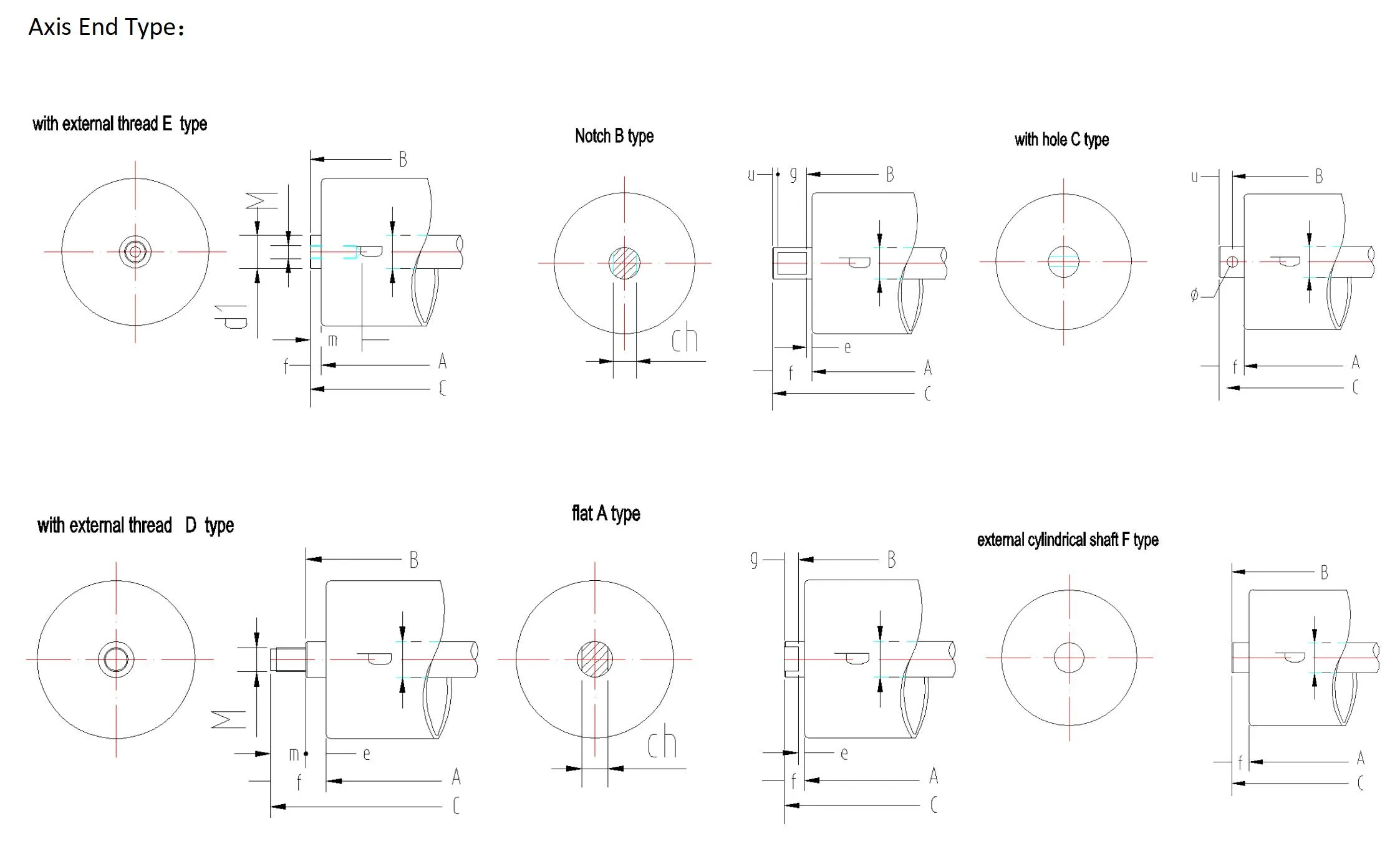 Afrikaans
Afrikaans  Albanian
Albanian  Amharic
Amharic  Arabic
Arabic  Armenian
Armenian  Azerbaijani
Azerbaijani  Basque
Basque  Belarusian
Belarusian  Bengali
Bengali  Bosnian
Bosnian  Bulgarian
Bulgarian  Catalan
Catalan  Cebuano
Cebuano  Corsican
Corsican  Croatian
Croatian  Czech
Czech  Danish
Danish  Dutch
Dutch  English
English  Esperanto
Esperanto  Estonian
Estonian  Finnish
Finnish  French
French  Frisian
Frisian  Galician
Galician  Georgian
Georgian  German
German  Greek
Greek  Gujarati
Gujarati  Haitian Creole
Haitian Creole  hausa
hausa  hawaiian
hawaiian  Hebrew
Hebrew  Hindi
Hindi  Miao
Miao  Hungarian
Hungarian  Icelandic
Icelandic  igbo
igbo  Indonesian
Indonesian  irish
irish  Italian
Italian  Japanese
Japanese  Javanese
Javanese  Kannada
Kannada  kazakh
kazakh  Khmer
Khmer  Rwandese
Rwandese  Korean
Korean  Kurdish
Kurdish  Kyrgyz
Kyrgyz  Lao
Lao  Latin
Latin  Latvian
Latvian  Lithuanian
Lithuanian  Luxembourgish
Luxembourgish  Macedonian
Macedonian  Malgashi
Malgashi  Malay
Malay  Malayalam
Malayalam  Maltese
Maltese  Maori
Maori  Marathi
Marathi  Mongolian
Mongolian  Myanmar
Myanmar  Nepali
Nepali  Norwegian
Norwegian  Norwegian
Norwegian  Occitan
Occitan  Pashto
Pashto  Persian
Persian  Polish
Polish  Portuguese
Portuguese  Punjabi
Punjabi  Romanian
Romanian  Russian
Russian  Samoan
Samoan  Scottish Gaelic
Scottish Gaelic  Serbian
Serbian  Sesotho
Sesotho  Shona
Shona  Sindhi
Sindhi  Sinhala
Sinhala  Slovak
Slovak  Slovenian
Slovenian  Somali
Somali  Spanish
Spanish  Sundanese
Sundanese  Swahili
Swahili  Swedish
Swedish  Tagalog
Tagalog  Tajik
Tajik  Tamil
Tamil  Tatar
Tatar  Telugu
Telugu  Thai
Thai  Turkish
Turkish  Turkmen
Turkmen  Ukrainian
Ukrainian  Urdu
Urdu  Uighur
Uighur  Uzbek
Uzbek  Vietnamese
Vietnamese  Welsh
Welsh  Bantu
Bantu  Yiddish
Yiddish  Yoruba
Yoruba  Zulu
Zulu types of pulleys in belt conveyor
Types of Pulleys in Belt Conveyors
Belt conveyors are vital components in many industrial applications, facilitating the movement of materials over various distances and terrains. A crucial part of this system is the pulley, which plays a pivotal role in maintaining the effectiveness and efficiency of the conveyor. Understanding the types of pulleys used in belt conveyors is essential for optimizing performance and ensuring longevity.
1. Head Pulley
The head pulley is located at the discharge end of the conveyor and is primarily responsible for driving the belt. As the belt wraps around it, the head pulley imparts motion to the belt, allowing the materials to be conveyed to the desired destination. Head pulleys can be either smooth or crowned. Crowned pulleys have a slight curvature along the width, which helps in aligning the belt and preventing it from slipping off. This type of pulley is often found in applications where belt tracking is critical.
2. Tail Pulley
Situated at the loading end, the tail pulley is essential for supporting the weight of the conveyor belt and the materials being transported. The tail pulley provides a return path for the belt, ensuring that it can circulate efficiently. It typically has a lower diameter compared to the head pulley and is usually equipped with a rubber lagging surface to improve friction and reduce wear against the belt.
3. Bend Pulley
Bend pulleys are used to redirect the path of the conveyor belt at various angles. These pulleys assist in guiding the belt around corners, facilitating smooth transitions. Unlike head and tail pulleys, bend pulleys are not responsible for driving the belt. Instead, they play a critical role in maintaining the belt's alignment, which is vital for preventing misalignment-related issues that could disrupt operations.
types of pulleys in belt conveyor

4. Snub Pulley
A snub pulley is employed to increase the friction between the belt and the driving head pulley. By creating a greater wrap angle on the head pulley, this type of pulley enhances the belt's grip, which is necessary for heavy-load applications. Snub pulleys are typically found in systems where the drive has to overcome a significant load, making them indispensable for performance optimization.
5. Receiving Pulley
Receiving pulleys are essential for ensuring that material is evenly distributed across the width of the conveyor belt. Positioned strategically along the conveyor route, these pulleys help manage the flow of material entering the system to minimize spillage and uneven loading. They assist in optimizing the performance of the entire conveyor system by reducing disruptions.
6. Drum Pulley
Drum pulleys are larger pulleys used in heavy-duty applications, often serving as both drive and tail pulleys. Their cylindrical shape allows them to provide a large surface area for traction and support. Typically manufactured from high-strength materials, drum pulleys are designed to withstand the rigors of heavy loads and harsh operating conditions, making them suitable for industries such as mining, construction, and bulk material handling.
Conclusion
In summary, the various types of pulleys in belt conveyors serve distinct functions that are crucial to the overall efficiency and effectiveness of the system. From the head pulley driving the belt to the tail and bend pulleys guiding its path, each component contributes to the reliable transport of materials. Understanding these components allows for better maintenance and design of conveyor systems, leading to enhanced productivity in countless industrial applications. Whether in manufacturing, logistics, or mining, belt conveyor systems and their pulleys remain fundamental to modern material handling solutions.
-
Trusted Conveyor Solutions from Leading Conveyor Idler Roller ManufacturersNewsJun.27,2025
-
Reliable Return Idler Solutions for Efficient Belt Conveyor SystemsNewsJun.27,2025
-
Precision Conveyor Accessories for Streamlined Material HandlingNewsJun.27,2025
-
High-Quality Belt Conveyor Idler Solutions for Efficient Material HandlingNewsJun.27,2025
-
High-Performance Belt Conveyor Pulleys for Reliable Material HandlingNewsJun.27,2025
-
Enhancing Material Handling EfficiencyNewsJun.27,2025





























